Let’s go for my web review for the week 2025-45.
The Authoritarian Stack
Tags: tech, politics
The trend has been clear for a while. This is a well crafted job of clearly mapping it out. Time for Europe to wake up maybe?
https://www.authoritarian-stack.info/direction-generale-de-la-securite-interieure-(france)
Why I Choose Email Over Messaging
Tags: tech, email, messaging
Yes, same here I way prefer email (even though messaging can have its uses of course).
https://www.spinellis.gr/blog/20250926/
I use Typst now
Tags: tech, latex, typst
I admit I’m tempted to look at Typst more nowadays. It looks like it can simplify the production of content quite a bit compared to some of the good oldies we still carry around (like LaTeX). That said, Typst is still young and not that stable yet.
https://www.christopherbiscardi.com/i-use-typst-now
A generator, duck typing, and a branchless conditional walk into a bar
Tags: tech, python, programming
Neat stories explaining those three important features of Python.
https://mathspp.com/blog/a-generator-duck-typing-and-a-branchless-conditional-walk-into-a-bar
Try Out JEP 401 Value Classes and Objects
Tags: tech, java, type-systems, performance
A long needed improvement to Java on its way to the JDK. Looking forward to this one stabilizing.
https://inside.java/2025/10/27/try-jep-401-value-classes/
Patterns for Defensive Programming in Rust
Tags: tech, rust, programming, quality, smells, pattern, type-systems
A good list of code smells to pay attention to in Rust. Also provides patterns to avoid such smells.
https://corrode.dev/blog/defensive-programming/
The state of SIMD in Rust in 2025
Tags: tech, rust, simd, performance
This is unfortunately still a bit complicated for my taste. Ideally std::simd should be stabilized, but since it’s not the case yet options have to be evaluated.
https://shnatsel.medium.com/the-state-of-simd-in-rust-in-2025-32c263e5f53d
Text rendering and effects using GPU-computed distances
Tags: tech, graphics, shader, text, fonts, gpu
We take text rendering for granted. That said, it’s easier said than done, especially on the GPU.
https://blog.pkh.me/p/47-text-rendering-and-effects-using-gpu-computed-distances.html
</> htmx ~ The fetch()ening
Tags: tech, web, frontend, htmx, api
A larger transition coming to HTMX. Interesting choices and good lessons on how to manage the API transition.
https://htmx.org/essays/the-fetchening/
Why Nextcloud feels slow to use
Tags: tech, nextcloud, web, frontend
I use it mostly from the DAV integrations, so I don’t notice this much in practice. That said, if and when I have to use the web GUI, it indeed always feel sluggish to me. There might be a reason behind it indeed, those bundles seem way off.
https://ounapuu.ee/posts/2025/11/03/nextcloud-slow/
Your URL Is Your State
Tags: tech, web, frontend, browser, state
There’s indeed value at using the URL to store some of the frontend state. This is too often forgotten.
https://alfy.blog/2025/10/31/your-url-is-your-state.html
Tags: tech, web, frontend, accessibility
Just use the semantically appropriate HTML element. It makes it easier for browser to advertise the GUI properly.
https://gomakethings.com/just-use-a-button/
Game design is simple, actually
Tags: tech, game, design
Deceptive title! It’s far from simple and the article confirms it. It’s fascinating to see all the dimensions you have to deal with to design a game though.
https://www.raphkoster.com/2025/11/03/game-design-is-simple-actually/
The Learning Loop and LLMs
Tags: tech, ai, machine-learning, copilot, learning, maintenance
Indeed, if we weaken the learning loop by using coding assistants then we might feel we go faster while we’re building up the maintenance cliff. We need to have an understanding of the system.
https://martinfowler.com/articles/llm-learning-loop.html
An Introduction to Domain Driven Design
Tags: tech, ddd
An old introduction to DDD. Not necessarily the best reference on the topic (which is probably still the blue book). Probably a good resource to skim over the important points and get started though.
https://www.methodsandtools.com/archive/archive.php?id=97
Extreme Programming Revived?
Tags: tech, agile, xp, coaching, teaching
Unfortunately and as far as I can tell we’re still not there. I’m trying to do my part in how I push for those topics when working with teams and organizations. So many things to help with on the practice level and making developer teams function properly.
https://ronjeffries.com/articles/2015-03-21-xp-revived/
Too Clean?
Tags: tech, craftsmanship, quality
A good reminder that you don’t want your code base clean to the point of being sterile. You have to fight off the mess yes, but some of it can stay if it provides affordances.
https://blog.cleancoder.com/uncle-bob/2018/08/13/TooClean.html
Guilds: Get Stuff Done Together
Tags: tech, agile, team, organization
We can cast doubt on the “Spotify Model” (not really a model anyway…) all we want. Still, I think the whole “guild” idea in there was spot on. This article gives a feel of how it can be setup and the benefits it can bring.
https://medium.com/hootsuite-engineering/guilds-get-stuff-done-together-3d0826209390
Failure to communicate
Tags: tech, remote-working, team, organization, management, decision-making, note-taking
Very interesting maturity model about proper communication in a remote work setup. I think it definitely makes sense and doesn’t feel too difficult to evaluate.
https://another.rodeo/4-levels-comms/
Why aren’t smart people happier?
Tags: tech, ai, machine-learning, intelligence, learning, life, problem-solving, philosophy, psychology, science
The title is a bit misleading in a way (and I almost didn’t click through for a start). That said, it is an interesting essay dealing with the topics of intelligence, problem solving etc. I’m not sure I agree with everything in it, but that’s still good food for thought.
https://www.theseedsofscience.pub/p/why-arent-smart-people-happier
Teller Reveals His Secrets
Tags: magic, culture, art
Nice little article to get an idea of the culture and art behind magic tricks.
https://www.smithsonianmag.com/arts-culture/teller-reveals-his-secrets-100744801/
Bye for now!

 [ade]
[ade] #this-week-kde-apps:kde.org
#this-week-kde-apps:kde.org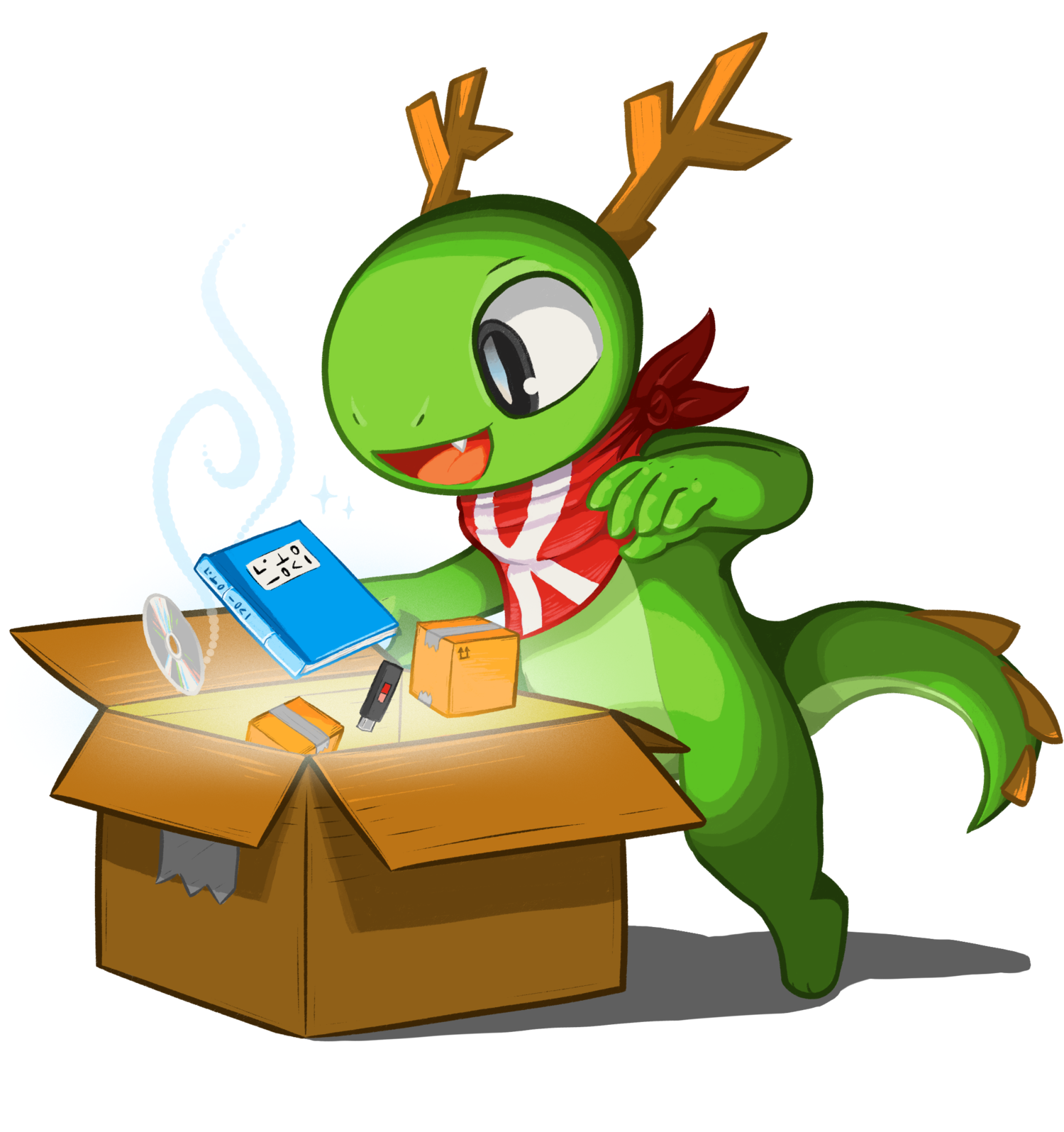
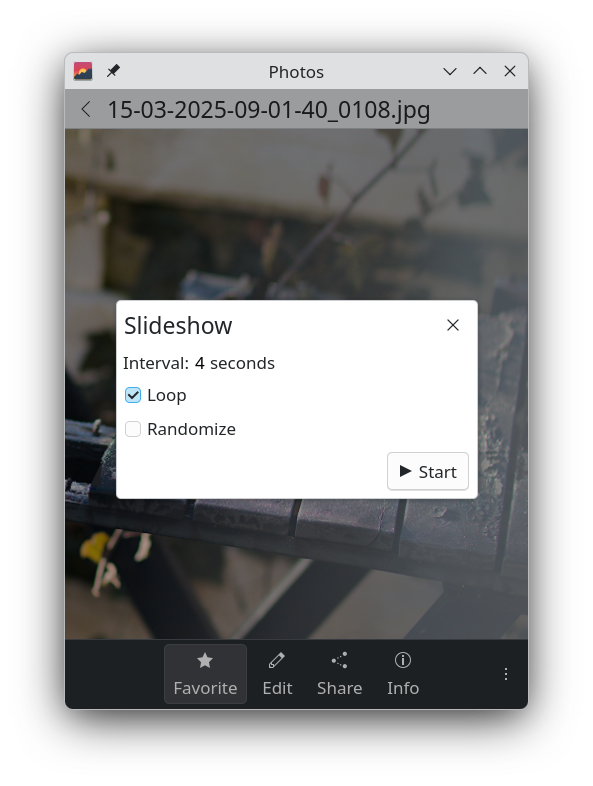
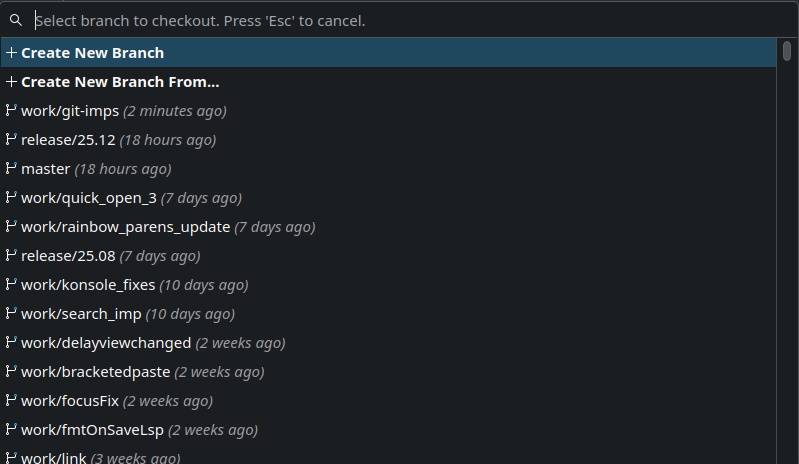
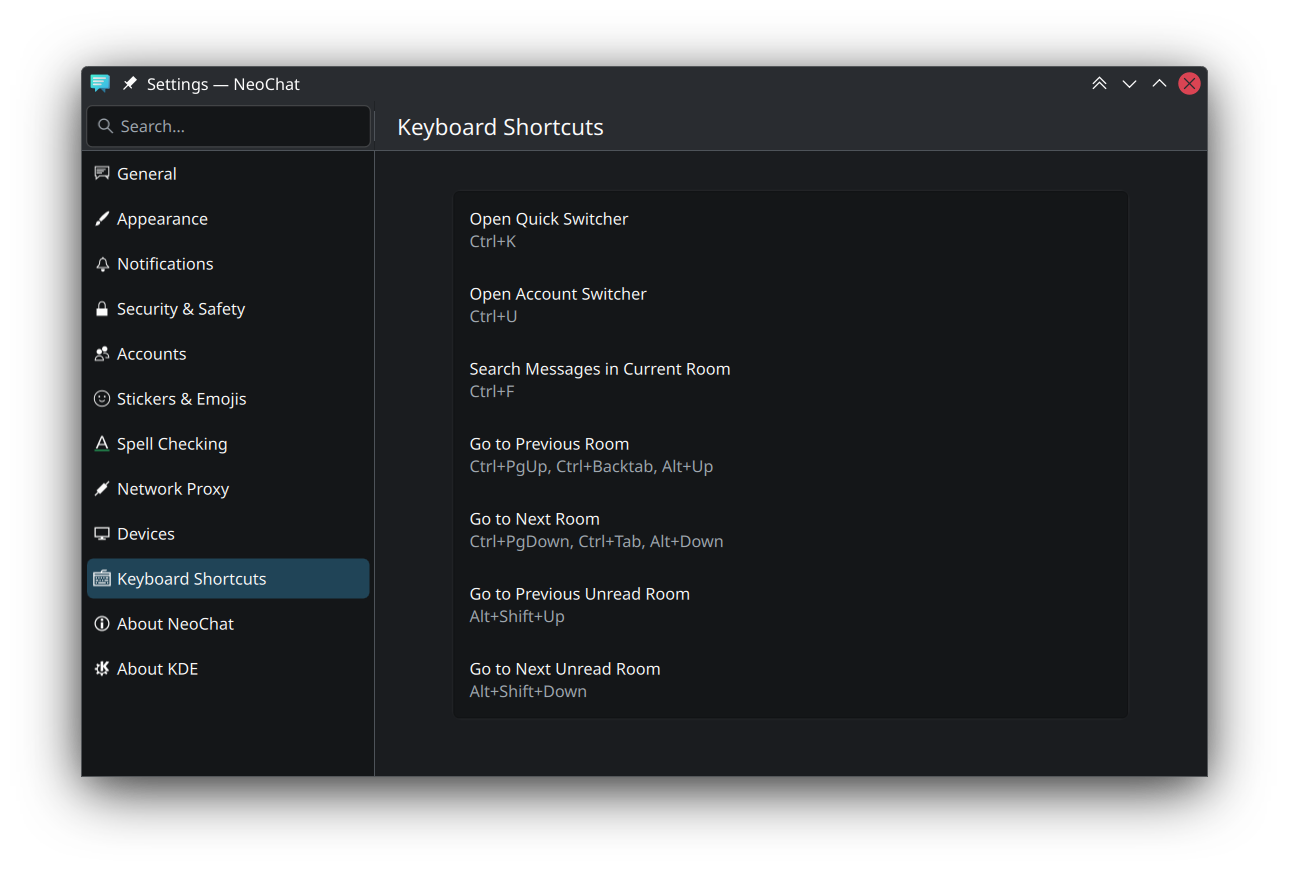
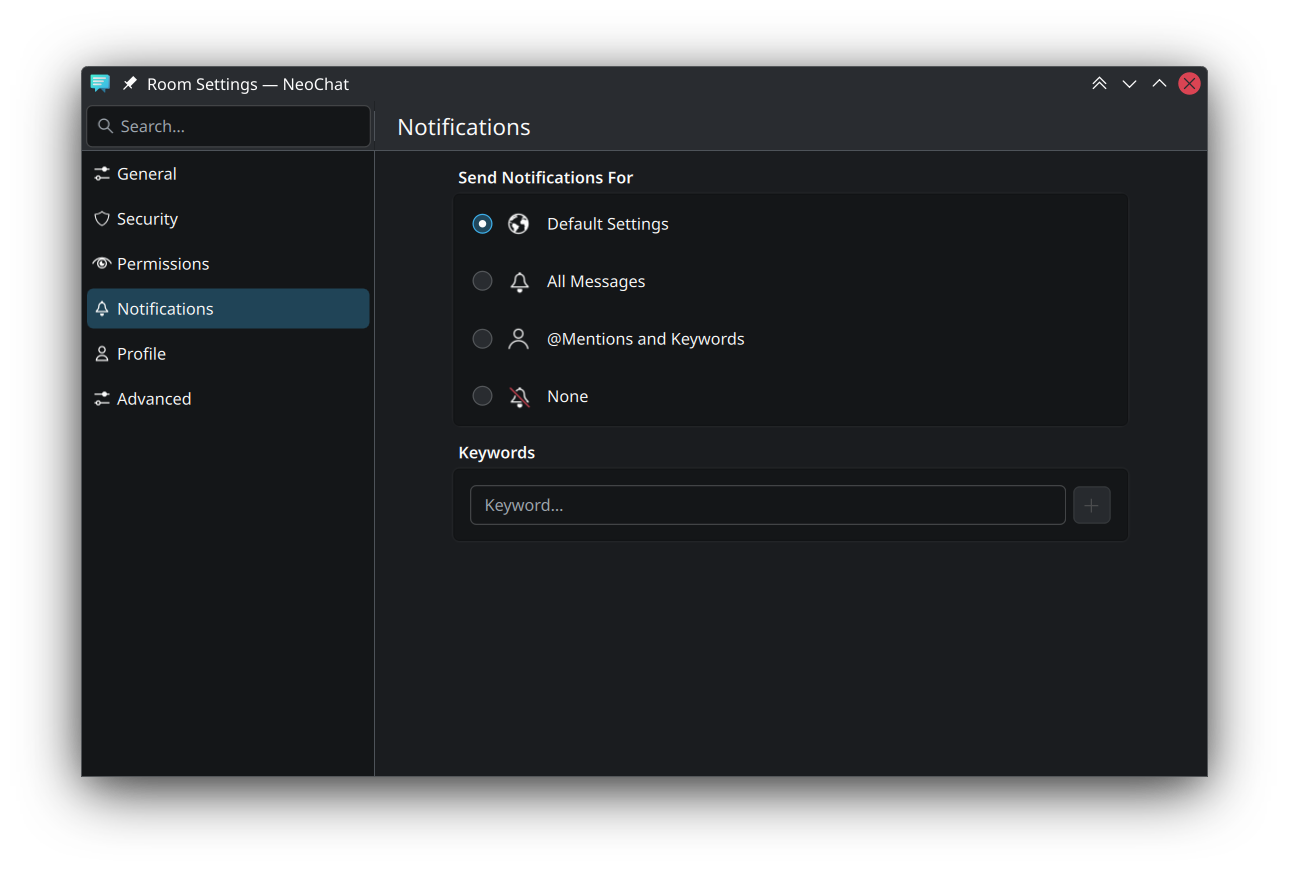
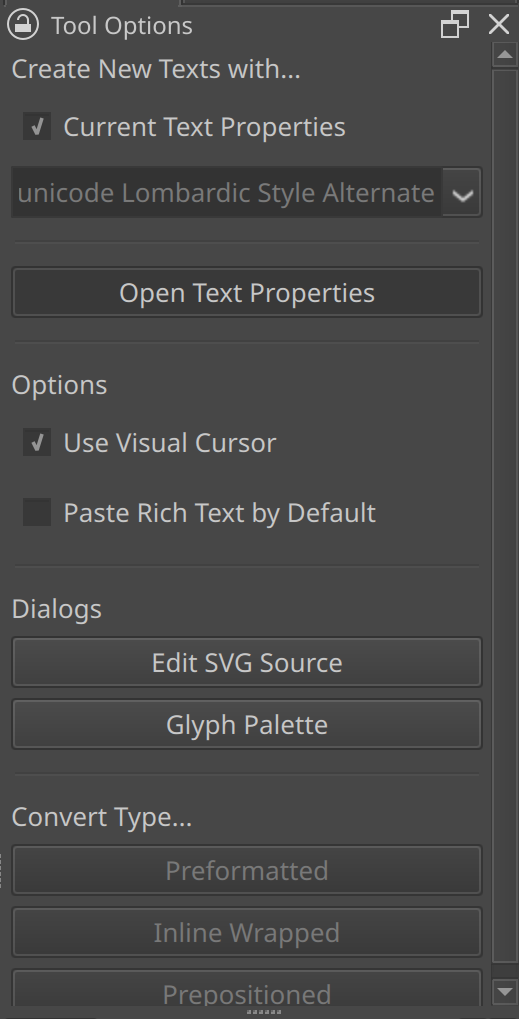
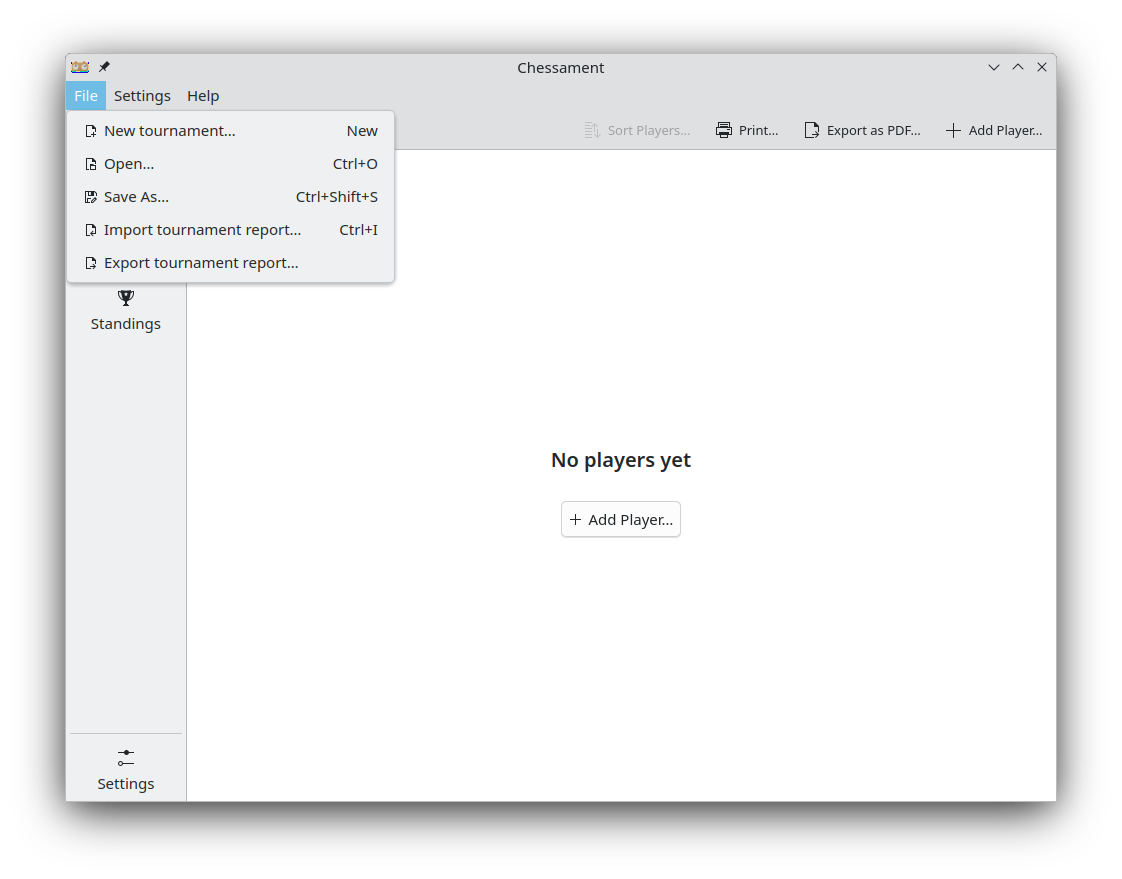
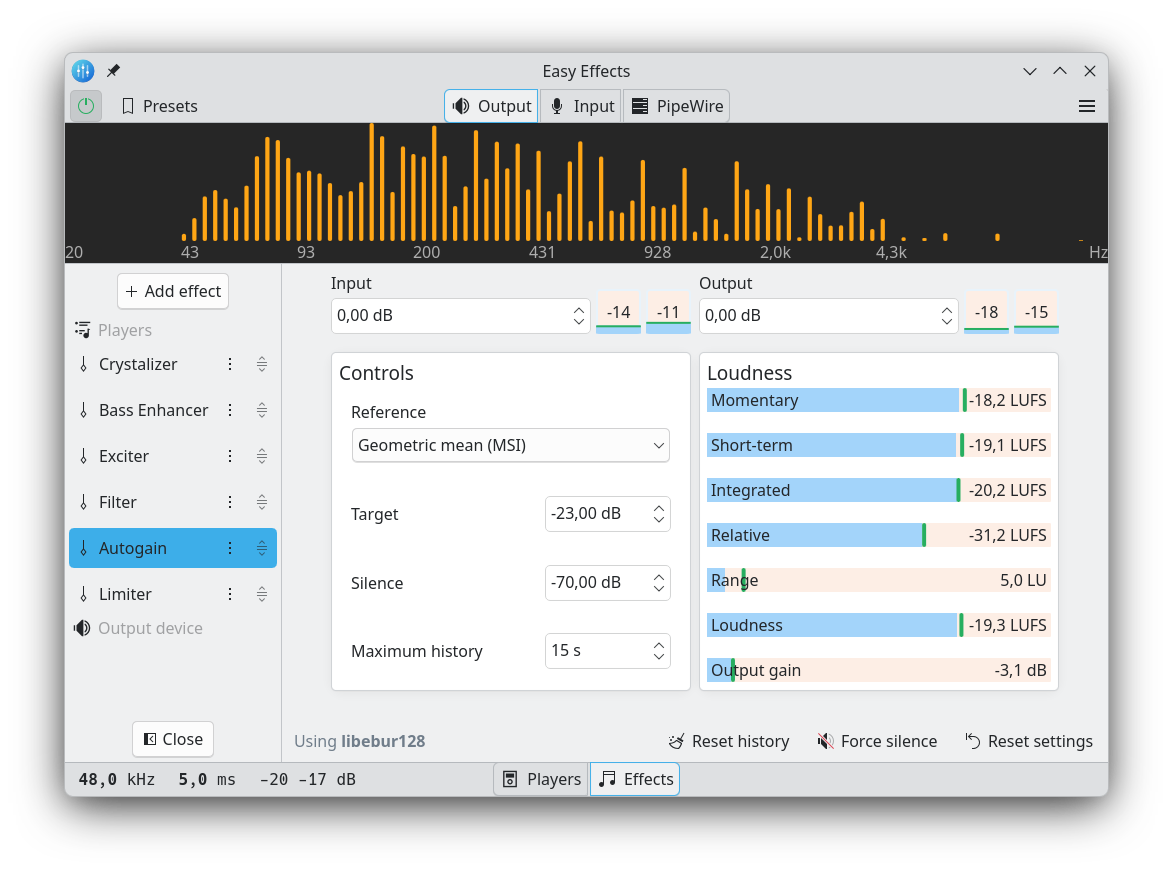

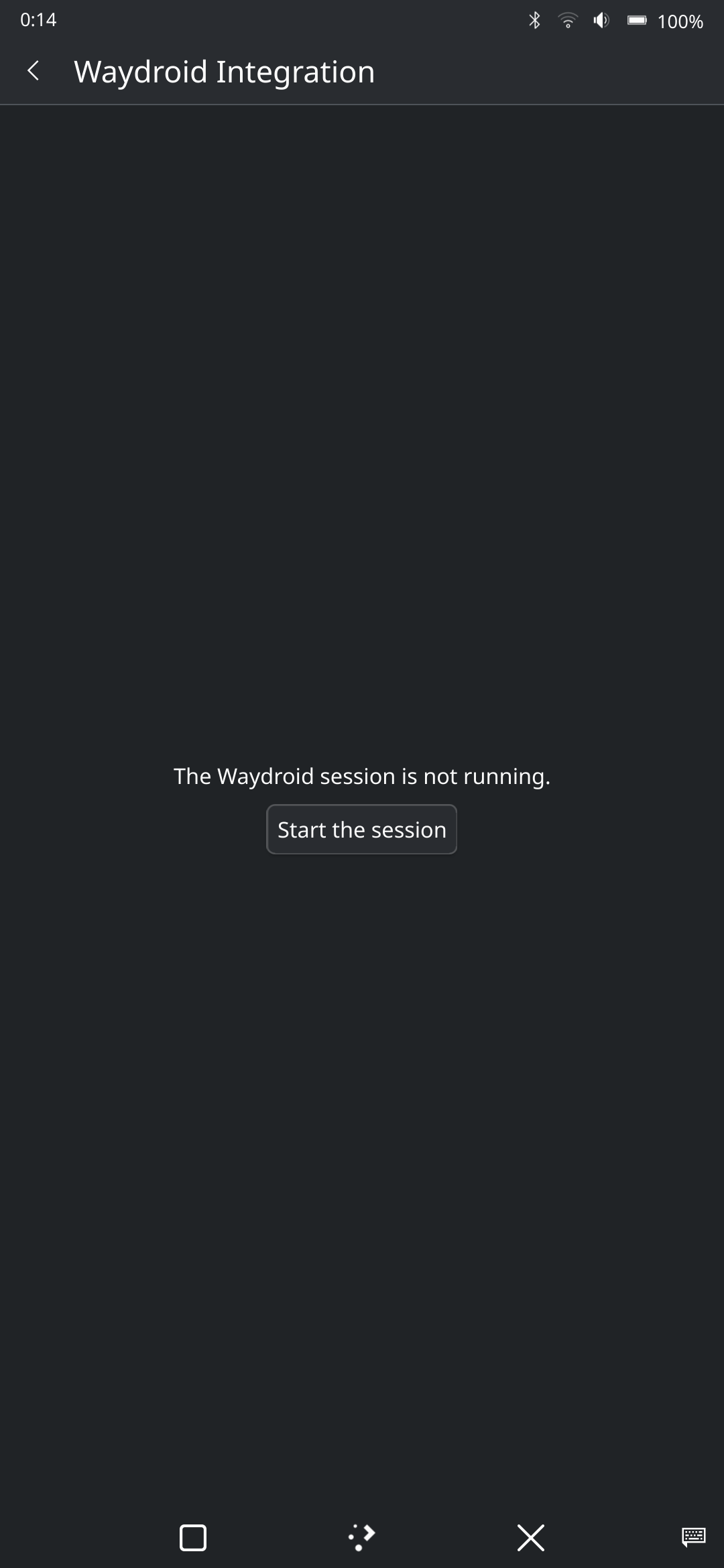
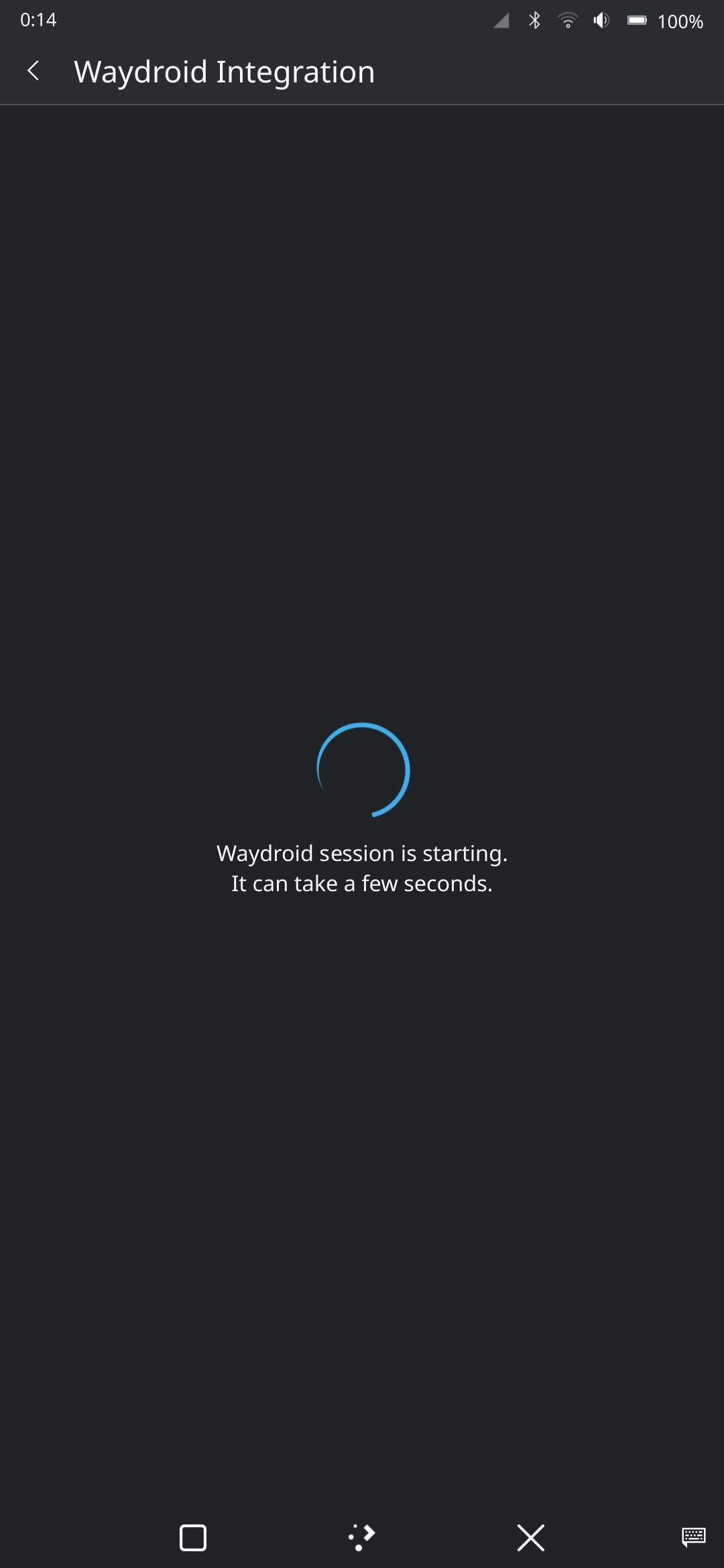
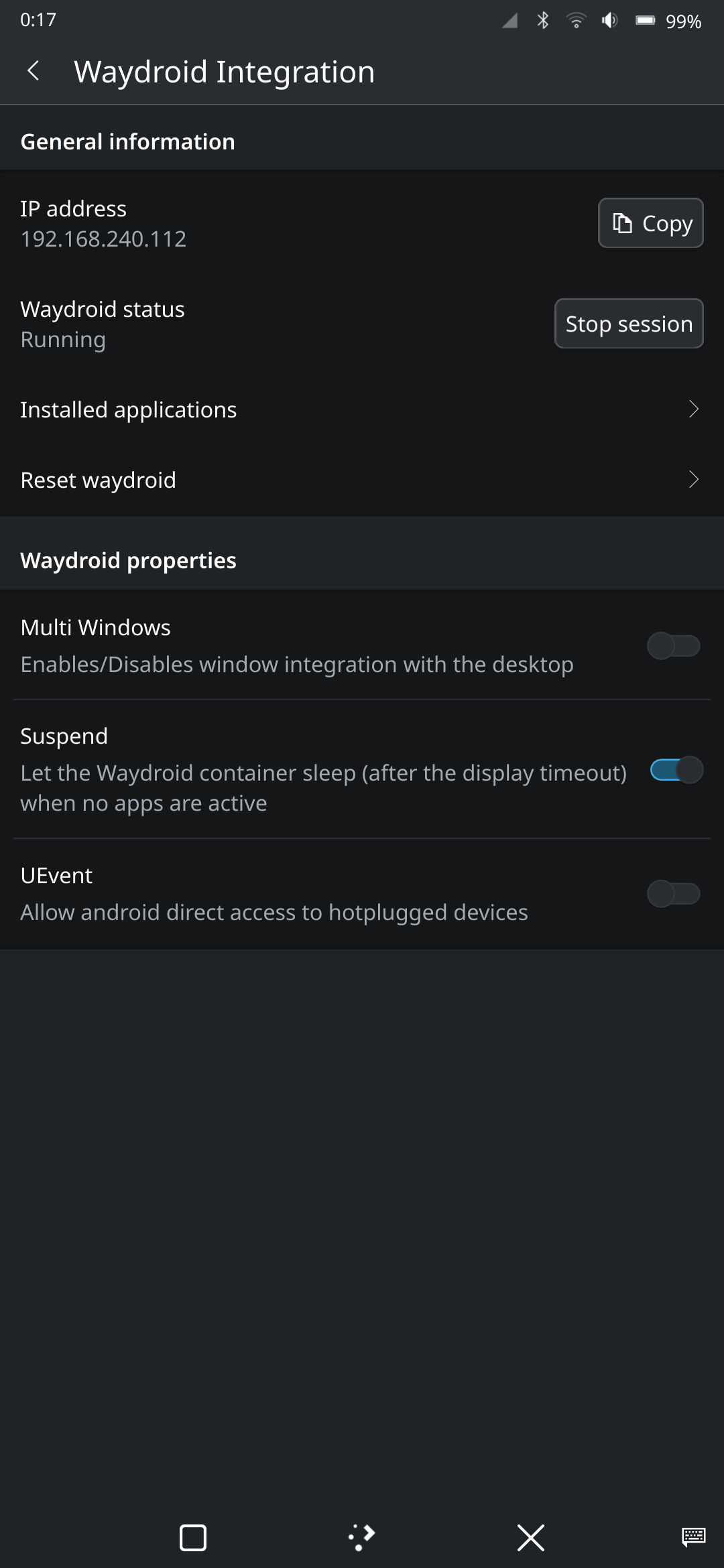
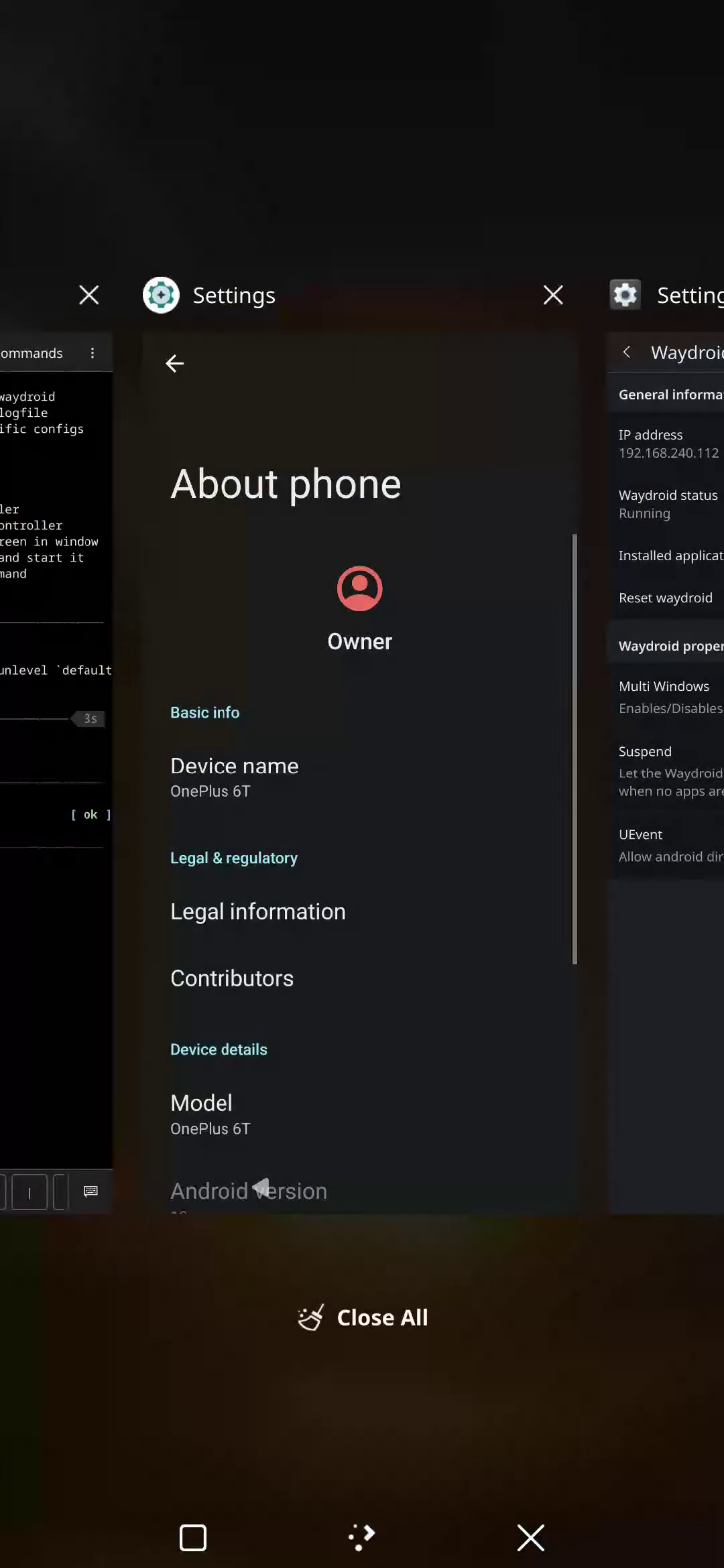
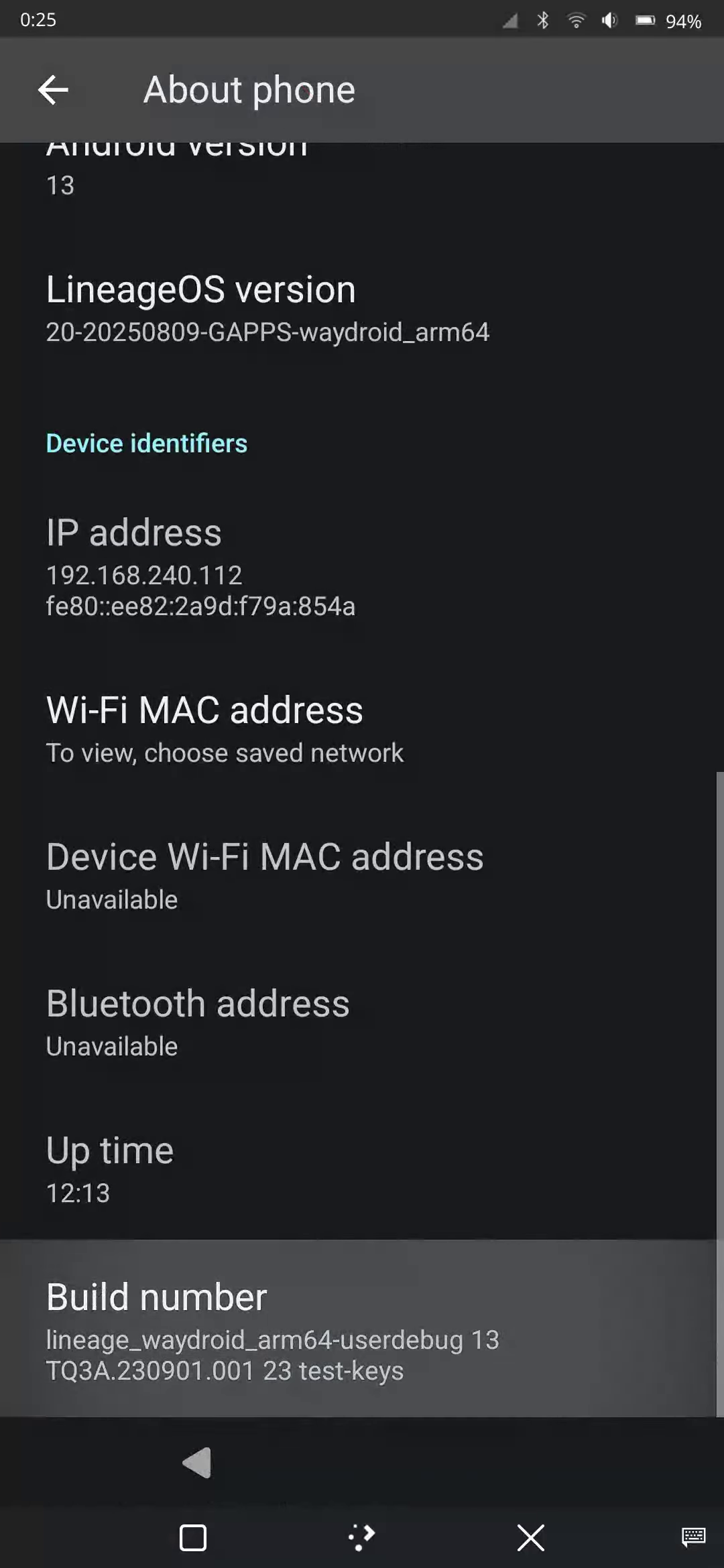
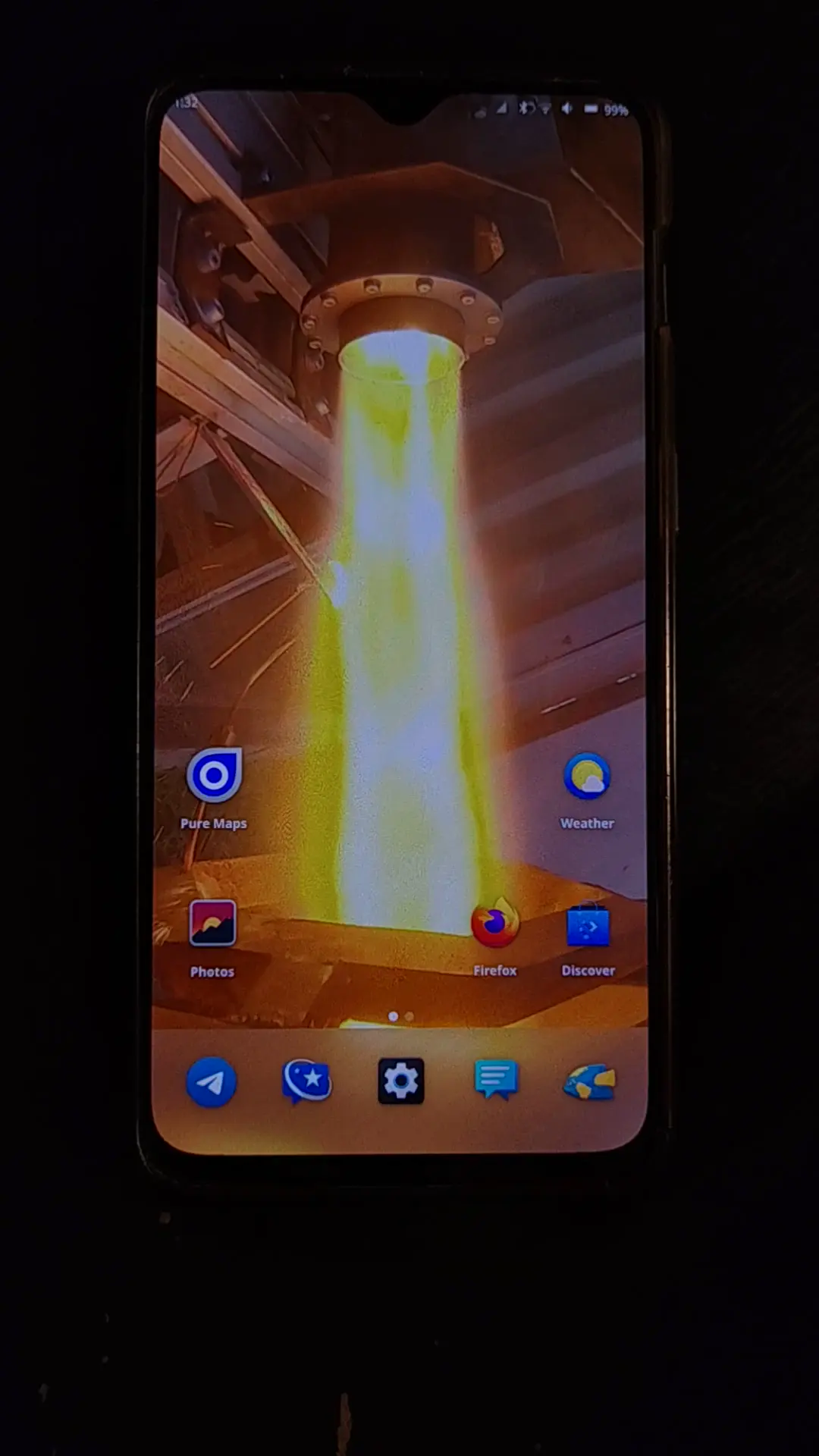
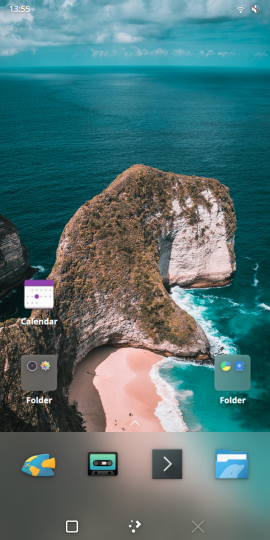
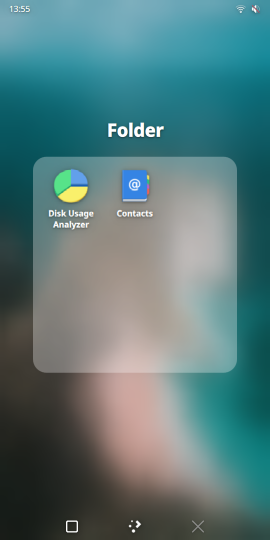
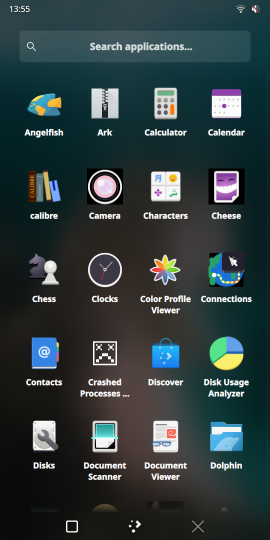
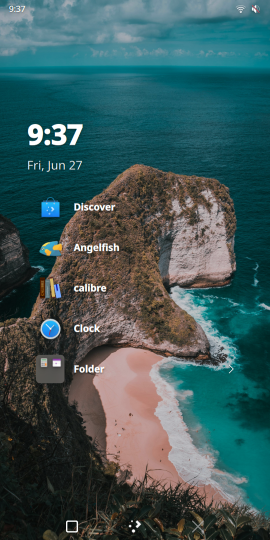
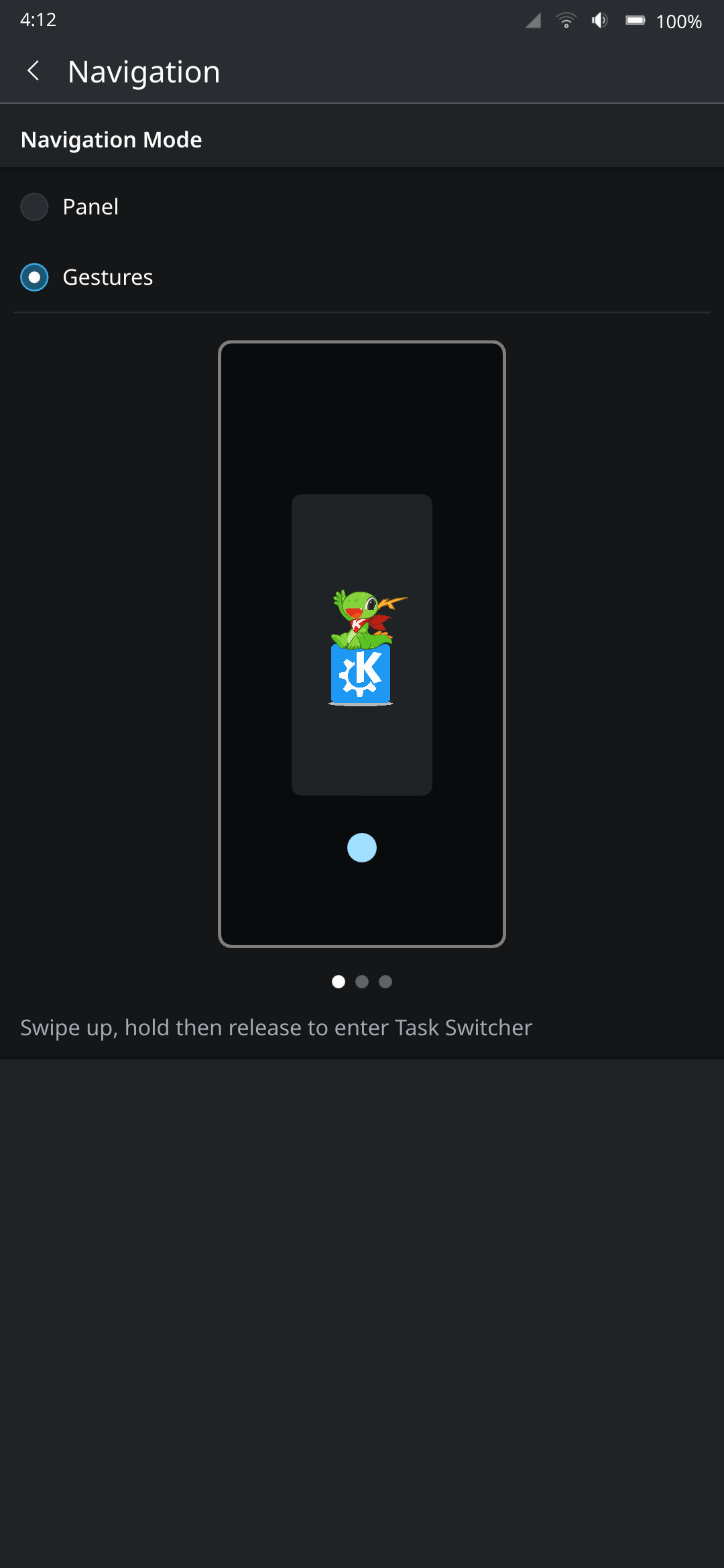

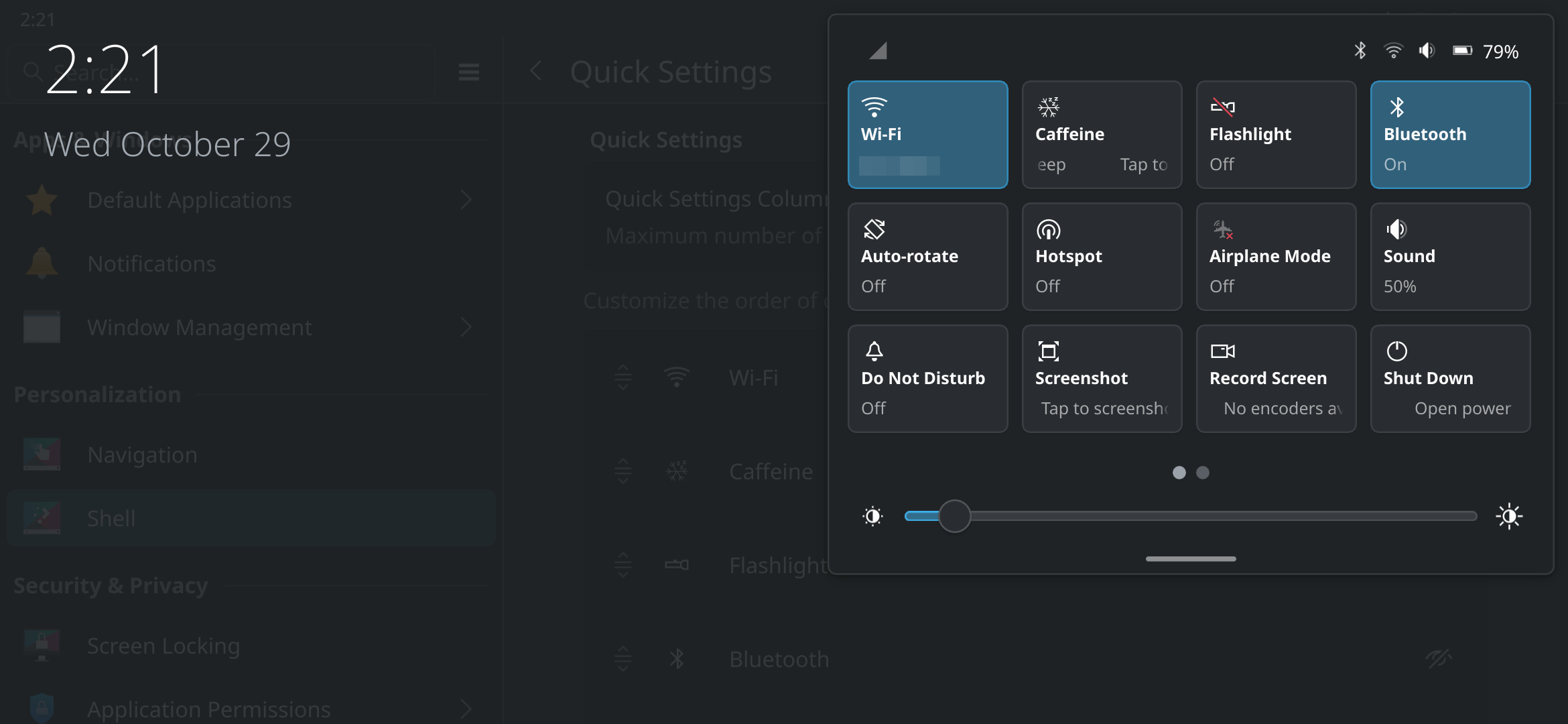
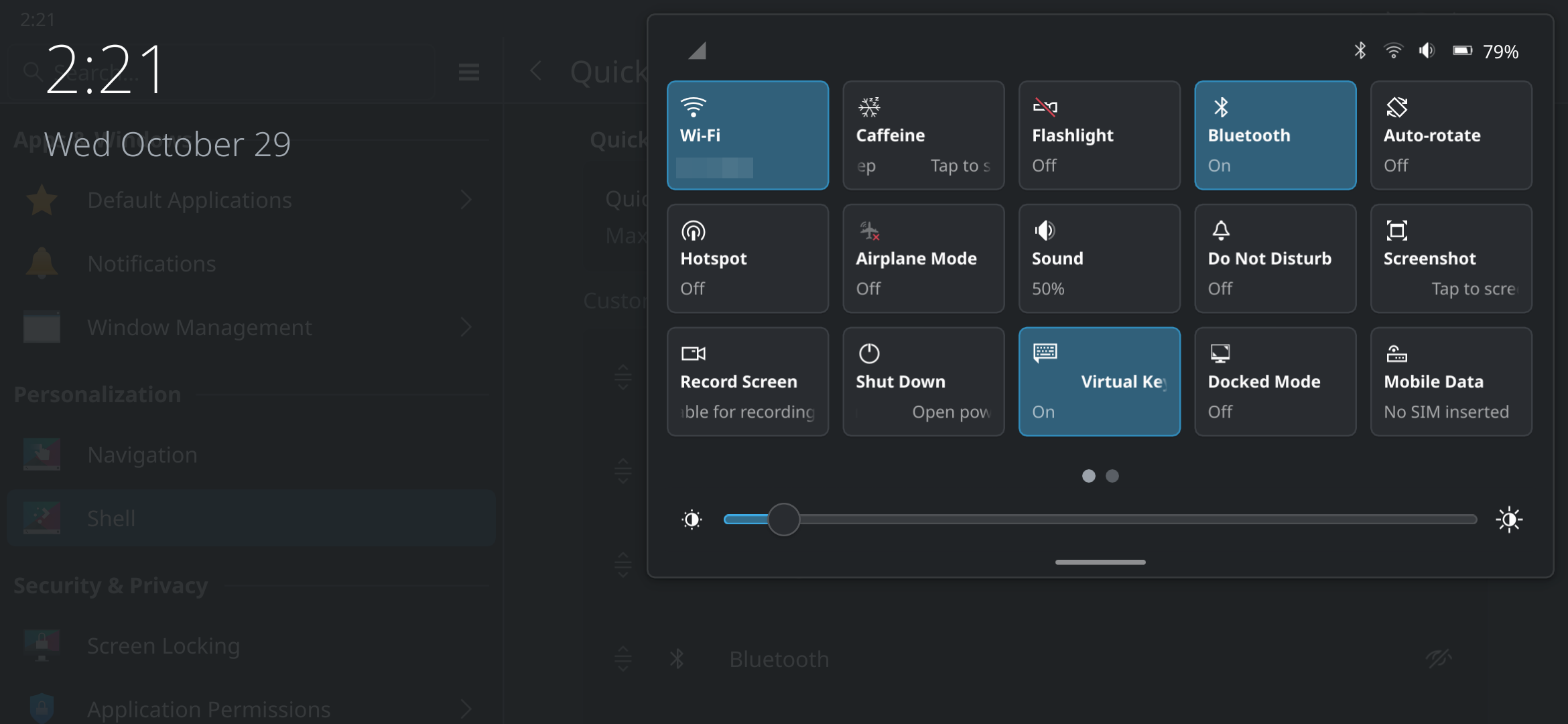





 soumyatheman
soumyatheman GSoC
GSoC




